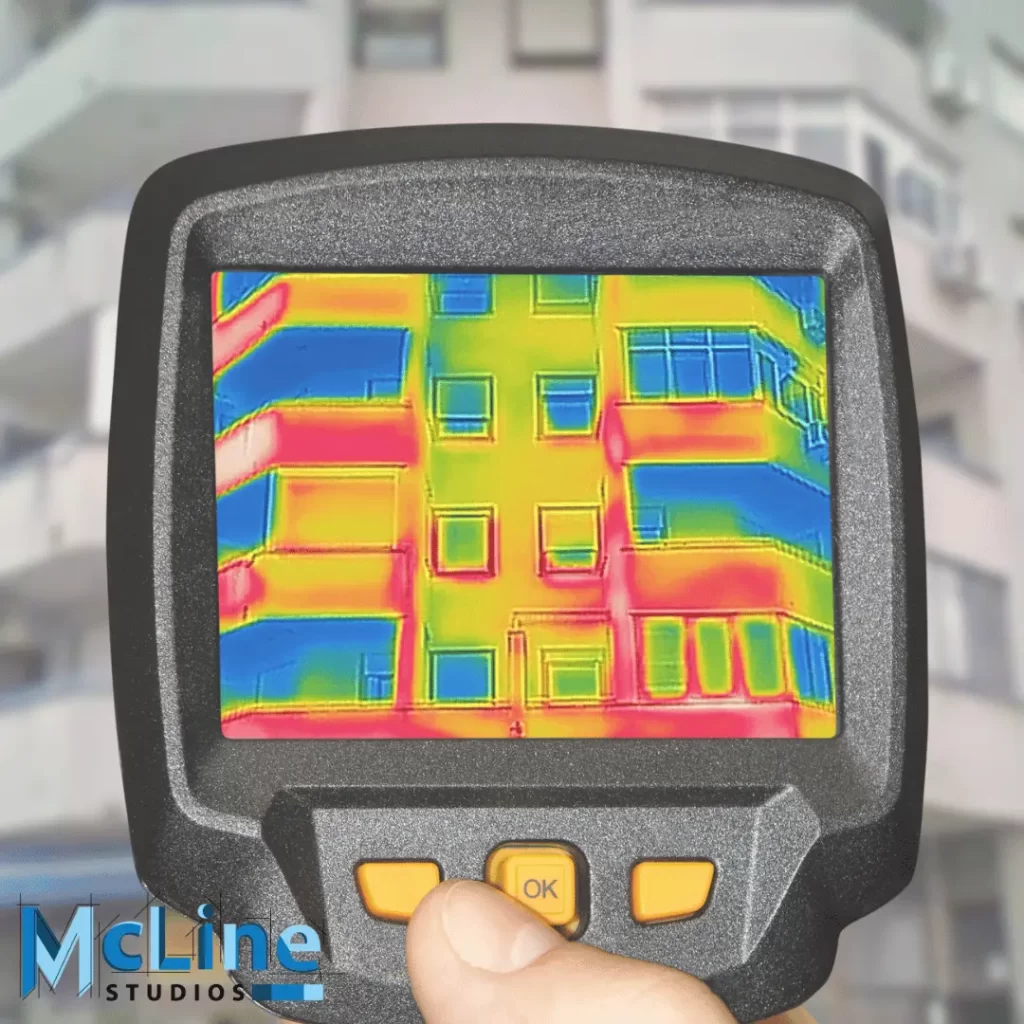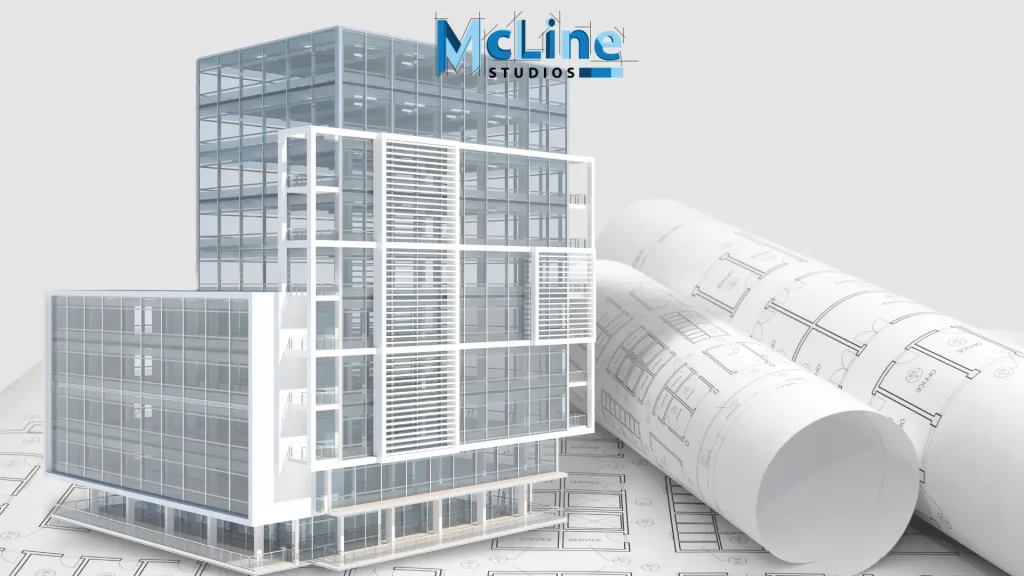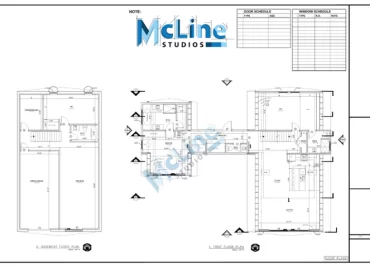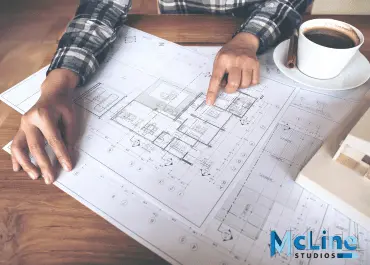In construction and infrastructure development, Building Information Modeling (BIM) has emerged as a transformative force, redefining the way projects are conceptualized, planned, and executed. As the industry continues to embrace technological advancements, one of the pivotal tools within the BIM framework that stands out is Clash Detection. This indispensable feature serves as a guardian against potential clashes and conflicts within a project, offering a proactive approach to identify, analyze, and resolve issues before they translate into costly on-site problems.
In this article, we will examine clash detection in BIM and discuss its key benefits. First, we will provide background on BIM and explain how the detailed 3D models allow clash detection analysis. We will then outline the clash detection process and the different software tools used. Next, we will highlight the major advantages of early clash detection such as improved design coordination, reduced requests for information (RFIs), and avoidance of change orders during construction.

What is Clash Detection in BIM?
Clash detection is a crucial process that ensures the seamless integration of various construction elements within a digital model, helping to identify and resolve potential conflicts or clashes before they occur on the construction site. BIM is a collaborative approach that involves creating a 3D digital representation of a building or infrastructure project, encompassing information about its geometry, spatial relationships, and other relevant data.
Clash detection relies on specialized software that analyzes the BIM model by overlaying different components and systems, such as architectural, structural, mechanical, and electrical elements. The goal is to pinpoint instances where these elements intersect or conflict with one another, leading to clashes that could impede construction progress, compromise safety, or result in rework.
By detecting clashes early in the design and planning stages, stakeholders can proactively address and resolve issues, preventing costly errors and delays during the actual construction phase. This process enhances collaboration among architects, engineers, contractors, and other project participants, fostering a more efficient and coordinated approach to construction projects. Ultimately, clash detection is an integral part of leveraging BIM technology to optimize construction processes, improve project outcomes, and minimize risks associated with clashes or coordination issues.
How Clash Detection Works?
Clash detection in BIM operates through a systematic and automated process that identifies spatial conflicts among various building components and systems. The workflow involves several key steps:
- Creation of BIM Models: Stakeholders, including architects, structural engineers, MEP (Mechanical, Electrical, Plumbing) designers, and others, develop their respective 3D digital models using BIM software. These models encompass intricate details of the building’s geometry, spatial relationships, and relevant data.
- Integration of Models: The individual models are then integrated into a centralized BIM platform, forming a comprehensive and collaborative digital representation of the entire project. This consolidated model includes architectural, structural, and MEP elements, reflecting the interdisciplinary nature of construction.
- Automated Clash Detection: Specialized clash detection software is employed to analyze the integrated BIM model. The software automatically identifies areas where different components intersect or clash with one another. These clashes can involve physical collisions, spatial overlaps, or conflicting specifications among the various systems.
- Clash Resolution: Once clashes are detected, stakeholders collaborate to resolve them. This may involve adjusting the positioning of elements, modifying designs, or reconfiguring systems to eliminate conflicts. BIM software often provides tools for visualization, communication, and documentation to facilitate the resolution process.
- Iterative Process: Clash detection is an iterative process that occurs throughout the project lifecycle, from design to construction. As models evolve and more details emerge, clash detection is repeated to identify and address new conflicts that may arise during the development phases.
Clash detection relies on advanced software tools to automatically scrutinize integrated BIM models, pinpointing clashes among various building components. BIM streamlines collaboration minimizes construction risks and contributes to the overall success of the project.
Benefits of BIM Clash Detection

Clash Detection in BIM resolves conflicts or clashes in a construction project before the actual construction phase begins. This technology offers several benefits to the construction industry:
- Early Issue Identification: BIM Clash Detection allows project teams to identify clashes and conflicts during the early design and planning stages. This helps in addressing issues before they become costly problems during construction.
- Time Efficiency: Clash Detection accelerates the design and construction process by proactively resolving conflicts. This helps in maintaining project timelines and deadlines, ensuring that the construction project progresses smoothly.
- Enhanced Visualization: The 3D visualization capabilities of BIM Clash Detection provide a clear and detailed understanding of the project, making it easier for stakeholders to comprehend design intent and identify potential clashes.
- Risk Mitigation: Identifying and resolving clashes in the virtual environment helps mitigate risks associated with construction projects. This includes avoiding safety hazards, ensuring compliance with regulations, and preventing design flaws that could impact the structural integrity of the building.
- Quality Improvement: Clash Detection contributes to the overall quality of the construction project by minimizing errors and ensuring that design specifications are met. This leads to a higher-quality finished product with fewer defects.
- Regulatory Compliance: BIM Clash Detection helps ensure that the project adheres to regulatory requirements and standards. By identifying clashes related to code compliance early in the design phase, the project team can make necessary adjustments to meet regulatory standards.
- Facility Management: Beyond the construction phase, BIM models with clash detection information can be valuable for facility management. The digital model provides a comprehensive record of the building’s components and systems, aiding in maintenance and future renovations.
Conclusion
In conclusion, the implementation of clash detection in BIM has proven to be a transformative solution in the construction industry, mitigating conflicts and streamlining the construction process. The ability to identify clashes early on not only saves valuable time but also significantly reduces the likelihood of costly rework and delays.
As we navigate the complex landscape of construction projects, it becomes crucial to partner with proficient BIM service providers who excel in delivering accurate clash detection services. McLine Studios emerges as a standout choice, offering cutting-edge BIM services that ensure the seamless integration of various building elements. Their commitment to precision, efficiency, and innovation sets them apart in the realm of clash detection, providing clients with the confidence to navigate construction projects with ease.




